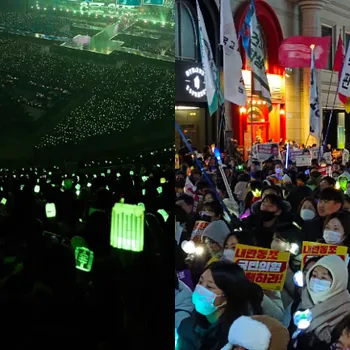Previously, it was the norm for K-Dramas to have upwards to 20+ episodes before a majority finally settled on the 16-episode format. For the most part, this amount proved to be the perfect length, allowing various stories to come into fruition at an appropriate pace. Despite the consistency of the 16-episode format and how well it's been received over these years, K-Drama series continue to transform and evolve with the changing times.

What To Expect In K-Dramas In 2025?K-Drama StoriesJan 17, 2025
While there has been an increase in K-Dramas with multiple seasons, many have also started to move away from the 16-episode model we've become so accustomed to. Instead, there have been an influx of K-Dramas that have embraced anywhere from 8 to 12 episodes, showcasing a complete shift in the industry. It's a change that avid K-Drama fans have noticed, taking to various platforms to talk about it.
Now, how did this change come about and what does it mean for the future of K-Dramas?
Rise Of Streaming Platforms And Short Form Content
From the 2000s to early 2010s, Korean entertainment was still considered a niche interest. However, there were already growing communities, eager to sit down and learn more about the Hallyu wave. Some classics from that time include "I'm Sorry, I Love You", "Secret Garden", and "Boys Over Flowers" - all of which consisted of 16 or more episodes. Although there were some difficulties in finding episodes with the appropriate subtitles, fans continued to watch on. They became immersed with the character development, storyline, and the heart-fluttering
Enjoy full access for just $1
Join over 10,000 active members!
🌟 Special Contents for Subscribers












